How many times has it happened to you that you’ve run out of blog ideas?
Our guess – quite often.
Well, we have all been there, and it is often daunting to figure out a way out of this block.
You wish to stick to the right blogging frequency per month. And you wish to keep your blogs unique and relevant to keep your audience engaged and achieve significant month-on-month progress.
However, you are constantly producing blogs after blogs most of the time until you hit a culmination. And now you don’t know what’s the way forward. Or “what’s my new blog topic?”
You try to scramble through some posts, but you cannot engage your audience with mundane topics. And you know it is time to re-evaluate and re-think, if only you have the energy for it!
So, here is some motivation!
We bring you 17 engaging blog ideas to help you produce a well-thought-out content calendar.
16 Best Performing Blog Ideas to Include in Your Content Calendar
1. Intriguing Round-up
There are abounding reasons to love exclusive round-up posts. If the topic is highly relevant and resonates with your readers, it builds huge engagement.
You must be particular about the topic you choose for your round-up post:
- It can be an issue that resonates with a significant part of your readers
- A topic that is in hot trend and the readers are curious to know the stance of several experts
- A niche-based topic specific to your industry or a popular search query by your readers
- A topic that your readers have asked you to write about in comments or DMs.
A round-up blog post is akin to an interview post. But here, you take crisp insights from several experts instead of a specific personality. And these posts are often more engaging than the latter.
A cake-walk to creating a round-up blog post:
- Research and shortlist the right topic for your round-up blog post.
- Skim your list of connections, research online, and prepare the list of experts you wish to feature.
- Prepare a questionnaire form that the experts can fill out in their own words.
- Pitch these experts about your post idea and ask them if they are willing to be a part of it.
- Now it is time to draft the post and highlight the insights from various experts.
- Publish the post and send an appreciation message to the experts with the post’s live link.
2. Learnings from a Survey
Readers are curious to learn the findings of a survey. Businesses plan insightful survey posts to promote their products or services indirectly. And it is safe to say that it pretty much works. Positive survey results about any product or service are impactful social proof.
Your survey posts can give your readers a sense of involvement. And they can compare their opinions with that of the individuals surveyed.
You can host quick survey forms on your website, so your audience is a part of it. And then, you can easily put the learnings of your survey into the form of a blog. Use engaging raw data, graphs, charts, and tables, to create a more insightful picture.
Your surveys can also include opinions from various thought leaders in your industry. The more insightful and exclusive your survey is, the higher engagement it draws.
Take a look at this simple survey email sent by Apple.
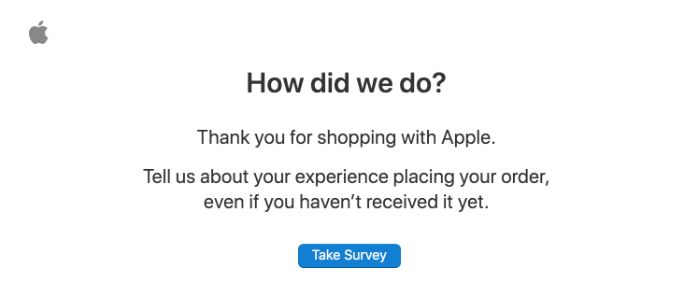
3. Why does it Happen
Do you write for the class of curious readers who love to get into the nitty-gritty of concepts? Or for the tech geeks, or the ones who are always excited to unfold mysteries?
If your blog audience fits into the above category, you can pull off some intriguing blogs.
Assuming that you have a knack for off-beat content, we suggest you cover topics like:
- “The science behind “x” technology”
- “Why did the dodo bird species go extinct?”
- “What lies below the earth’s core?”
- “Why was Steve Jobs not convinced with Apple’s first design?”
Now, these are just some examples, but you have got the idea, right?
A majority of readers have a natural curiosity for such topics. And this curiosity translates into engagement and traffic on your blogs.
You can also unveil some of the highly engaging content in different parts. Just do not forget to place a smart cliffhanger at the end of each part.
4. The ‘Versus’ Content
The ‘versus’ or the comparison content always works. You have probably tried it in your past, and it deserves a place in your 2024 content calendar.
You might be aware of the high traffic comparison site. A significant part of Google’s top queries consist of comparison or ‘versus’ searches.
Google shopping is one of the best examples of price comparison websites. Google Shopping Ads is now growing rapidly, and it makes up 76.4% of retail search ads.
Create detailed and insightful comparison posts that help your readers make better choices.
Honest comparison posts attract good engagement and better repeat traffic.
Take a look at this detailed camera comparison done by Newsdirectory3 on iPhone 13 Pro Max Vs Galaxy S21 Ultra: Camera.

5. Raw & Real Personal Stories
So, you have been creating awesome blog posts for quite a while now. And you have been successful in establishing a good audience. Now it is time to give a more personal touch to your blog page.
Yes, I am talking about Personal Story posts. Your audience has been reading your blogs for some time now, and they would be curious to read your personal experiences.
You must commence with connecting the dots between your experience and your audience’s interests. A post like “How I reached from few monthly visitors to a million visitors on my blog” can gain stellar engagement. Here you can add your personal experience, challenges, get-throughs, shortcuts, tips, etc.
6. The Problems & Solutions
Next is an obvious yet effective blog topic idea, i.e., problems and solutions blog.
You might already be aware of the main concerns that resonate with your readers. Or you can research through their comments on your blogs and interest patterns.
You need to finalize the right topics and help your audience resolve their issues most efficiently.
It is advisable to keep your blog post highly specific and to the point. The readers must draw maximum value from your post. And it must not leave them halfway through their problem.
Here is an example of a blog post explaining an issue along with a solution.
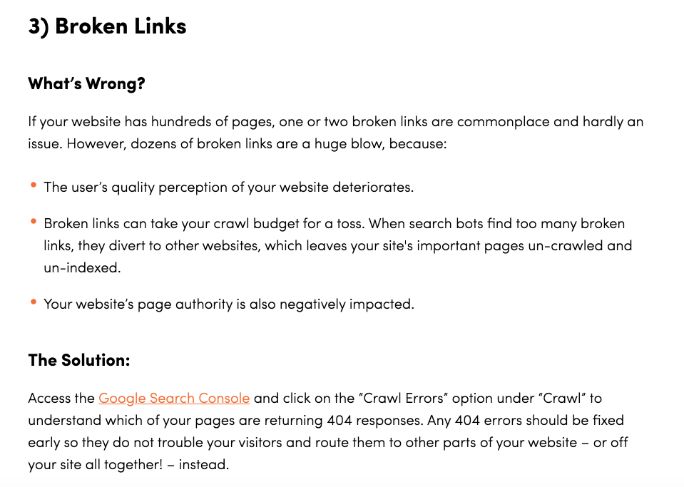
7. “This Week in ‘X’ Industry” Weekly Round-up
Weekly round-up posts are often rewarding. So, if you are missing out on them, start including them in your 2024 content calendar.
Though it sounds like content syndication, it has a huge reach and draws engagement.
Here you can include the crux of the various stories you have created throughout the week.
You can include weekly ‘news’ round-ups specific to your niche. Or the blog round-up post of all the relevant blogs posted in a month.
Also, share these weekly round-up posts in your weekly newsletters. Moreover, these posts include the internal links of all the original stories. Thus, it is a great way of keeping your audience hooked to your blog site.
Take a look at the weekly round-up blog posts from the Microsoft tech community.
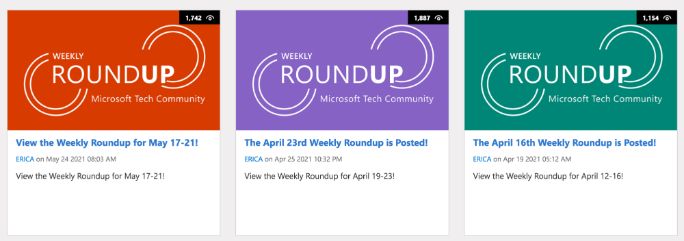
8. Insightful Case Studies
Another crucial social proof badge is a case study post. A case study post is crucial for almost every business.
End consumers readily search for honest and insightful case studies. These posts help them review a brand’s profile and understand its expertise.
You must try to keep your case study posts as raw and real as possible. Don’t forget to:
- Highlight the key challenges and the specific solutions delivered
- Include the client’s testimonial, audio, or video
Check the case study page created by Google.
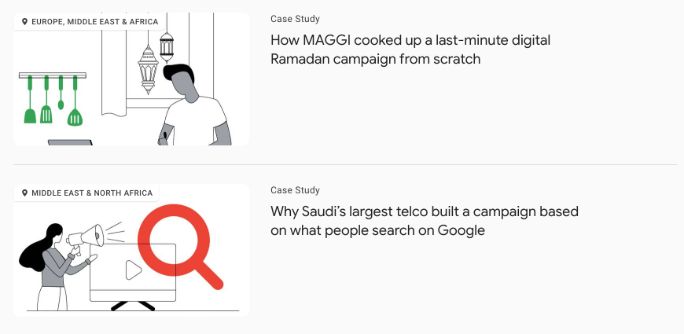
9. ‘What to Expect’ Expert Prediction
Readers curiously skim through and share expert prediction posts. You just need to find the right curiosity nerve of your readers or what they are eager about.
It can be anything like:
- “What is the Next Big Thing in Mobile App Technology?”
- “Will AR Become the New Hot Topic in E-commerce?”
- “What would be Google’s Next Algorithm Update About?”
- “Will there be a 100% Effective Medicine for Hair Loss in 2024?”
You might want to check the topic’s archaeology and trends over time. Ensure that your predictions are backed by logic and reasons. Moreover, you can further adorn the post by including some insights from other experts.
10. ‘How To’ Blog Posts around Popular Queries
Your content calendar cannot be devoid of ‘How To’ posts or guides. This is one of the most sought-after and best-performing categories in the blogging domain. You can summon significant traffic for these guides through the Skyscraper technique.
Moreover, the ‘How To’ guides revolve around different user intents, for example:
- How to Hire an SEO Expert? (Transactional Intent)
- How to Set up my LinkedIn Business Page (Informational Intent)
- How to Reach from Amsterdam to Paris (Navigational Intent)
Your blog post must exude expertise and reveal the most efficient solution to a user’s query.
11. Service/Product Promotion
The next blog category is kept pretty much aboveboard. Companies produce the service/production promotion blogs for their actual target audience.
The blogs might not win social shares, but the goal is conversions and new customers.
Here you escape the foam to go deeper into the product details and its merits.
Talk about the consumer’s pain points and how your product solves it. Combine the information with authentic reviews from real users.
Check out how Qualdev explains why people should consider choosing their service.
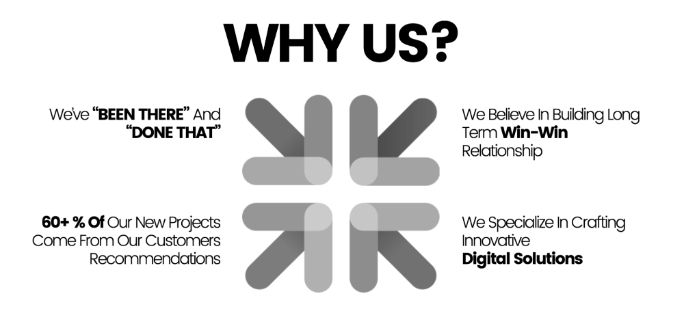
12. Topic Archaeology and Long-form Posts
A type of long-form content is Topic Archaeology. These types of blogs include everything about a particular topic.
For example:
- “Everything about Internet of Things”
- “How has SEO Evolved over the Years”
These blogs have a detailed word length and generally score high ranks in SERPs. Moreover, if they are written and drafted excellently, these blogs attract many backlinks.
Engage your readers with illustrations, mini-infographics, sketches, etc. The goal is to offer readers intriguing insights and behind-the-scenes information as well.
Look how Bright Edge explains the history of Google’s algorithm updates over the years in their ‘Core Web Vitals’ post.
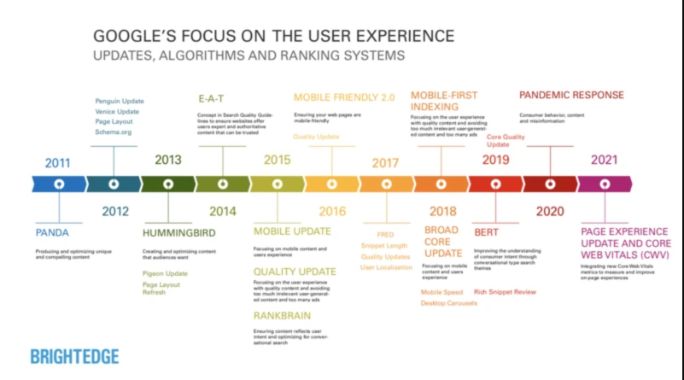
13. Thought-out ‘DIY Tips’
Probably, a significant part of your readers is millennials and Gen Z. That said, they have grown alongside technology and have a knack for experimentation.
These audiences show commendable interest in ‘DIY Tips’ style posts. They love to explore solutions themselves before hiring someone else for a task.
These “Do It Yourself” style blogs must be relevant to the interests of your target audience.
Some of its examples can be:
- “DIY Tips for Making a Mini Cooler”
- “10 Tips to Set Up the Google Analytics Account by Yourself”
It is advisable to make your posts intelligible and detailed. You must not leave your readers halfway by assuming they might ‘get it.’ Instead, you must add illustrations or video clips along with instructions to your DIY blogs.
Check how Collective Gen has created engaging high-quality DIY posts.

14. Frequently Asked Questions or FAQs
FAQs are a great way to address the most common and crucial queries from your customers. These queries can be regarding your business offerings or industry-specific.
Gather all the crucial FAQs related to a particular topic and cover them in a single blog. Keep your answers crisp and authentic to keep the readers engaged.
A well-drafted FAQ-specific blog post can easily rank for multiple relevant search terms.
And the readers are most likely to share these blogs with contacts having similar queries.
15. Behind-the-Scenes Insights
So, you might have already seen readers hooked up on exclusive interview posts. And how they curiously engage with every insider information about their favorite brands.
So, how about a dedicated behind-the-scenes post? It allows you to talk about your brand, its ideology, what value it brings for its customers, and whatnot.
The behind-the-scenes post helps establish the right ‘human’ connection with your audience. And users always love to witness the raw and real, human side of your brand.
These posts highlight the transparency followed by your brand. And in this age of smart consumers, transparency is authenticity. This allows users to deploy more trust in your brand.
Look how Audi did a behind-the-scenes post about car manufacturing.

16. Latest Trends
You must always keep some room for the trending posts in your content calendar. Readers are always on the search for the latest trends in their preferred industry.
The latest trend searches also tend to rank high on the google search because of more people searching for those queries, so it makes sense to create a post on the same and leverage on the traffic to your website.
You must always back the information with authentic sources and statistics. It is advisable to add some actionable tips for the readers to leverage these trends.
Wrapping Up
Make use of the tips mentioned in this blog, as these will help you create high-quality blog posts for your audience and make it more engaging.
All that hard work you put in creating that blog post needs some attention as well. And what better way than to promote it on social media.
After publishing, make sure to promote your blogs on your social media pages. For that, you can use Social Media scheduling and marketing tools like SocialPilot to time your posts at your convenience.
So, get started with SocialPilot’s free 14-day trial now.



